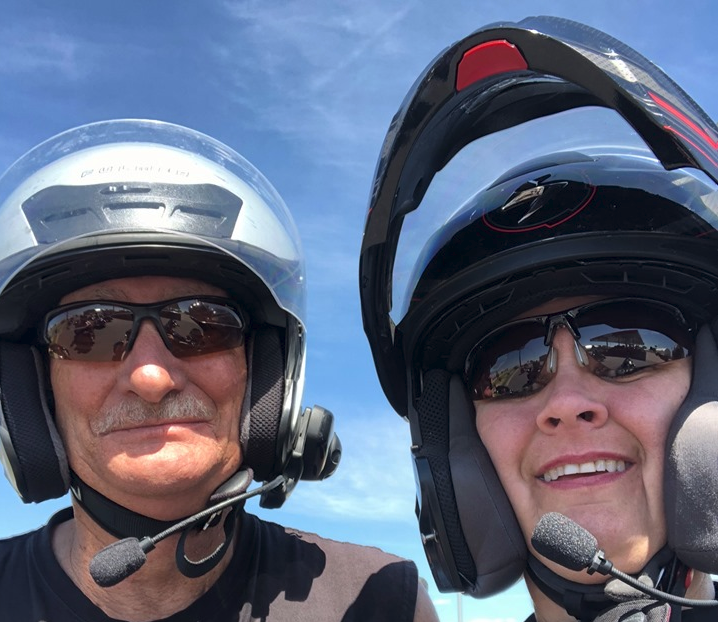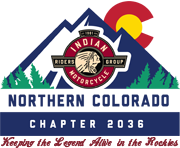
It’s at this time of year that I look at acquiring some new gear. Maybe a new helmet is in your future, if so, here is the latest Safety Tip on helmets…Enjoy!
I’m very much an advocate on freedom of choice, and in our state we are fortunate to still have the choice whether to wear a helmet while riding. It has been scientifically proven that wearing an approved DOT or Snell certified helmet dramatically decreases the risk of traumatic brain injury and death to riders involved in a motorcycle accident. In my professional experience, I have responded to and investigated numerous motorcycle accidents. Of those, 50% were fatalities at relative low speeds (<40 mph). These fatalities were caused by severe trauma to the head as a result of contact with the ground.
There are two nationally recognized organizations that certify helmets: The National Department of Transportation, and the Snell Memorial Foundation. These agencies are testing solely for the safety integrity of the helmet and not the style, comfort and function. The style, comfort and function are usually what drives the price points on most helmets. Don’t be fooled to think that the more expensive the helmet, the more protective it may be.
There are four basic types of helmets: Full Face, Modular, ¾ (Open Face), and Half. It is obvious the full face is the most protective and the level of protection decreases as you go down the list. There are pros and cons with each one of these and you have to make that decision on YOUR preference, not someone else’s. The helmet fit should be snug, but not too tight. The helmet should be comfortable to wear for long periods of time. If not, you won’t wear it. A good test for proper helmet fit is to place the helmet on your head, buckle the strap and try to pull the lower back of the helmet forward and then push the front brow area of the helmet backward to see if the helmet will slip off either way. If it does, the helmet is too large. A new motorcycle helmet should fit very snugly. Most people buy a new motorcycle helmet one size too big. To make sure the helmet is not too small, you should leave the helmet on your head for at least five to ten minutes to see if there is any feeling of pressure point. Some helmet models have exchangeable cheek pads to help achieve the perfect fit.
Do not place your helmet so that a projection or any hard object, such as the motorcycle mirror, can damage the inner foam liner of the helmet. Snell recommends replacing your helmet every three to five years. This is due to the breakdown of the resins used in helmet production. Another myth of helmet service life is if you drop your helmet you need to buy a new one. Not TRUE, according to Snell. Repeated dropping of the helmet will eventually degrade its’ performance, but an occasional drop does not render the helmet unserviceable. The actual degradation from impact to the helmet occurs when the helmet is occupied (a head in it).
Only use mild soap water to clean the inside pads. Never use any chemical cleaning products for the inside or outside of your helmet. Never repaint your helmet with paints that are not authorized by the manufacturer.
The following links are great resources for assisting you in selecting the best helmet for you.
– Snell Memorial Foundation: smf.org
– Department of Transportation: nhtsa.gov
– Motorcycle Safety Foundation: msf-usa.org
Until next time, Ride Safe!

